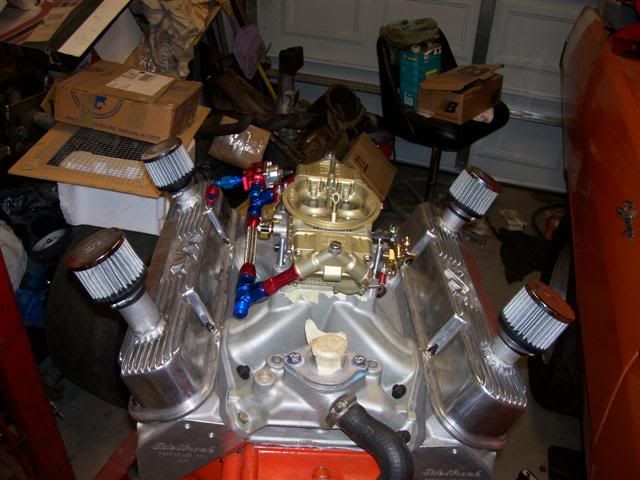Hi All,
So I got new valve covers and had a stupid question. The engine numbers comes back as an 85 318... Is there a negative imapct on not using the PCV and just plugging the holed in the carb?
Thanks in advance!
So I got new valve covers and had a stupid question. The engine numbers comes back as an 85 318... Is there a negative imapct on not using the PCV and just plugging the holed in the carb?
Thanks in advance!

















